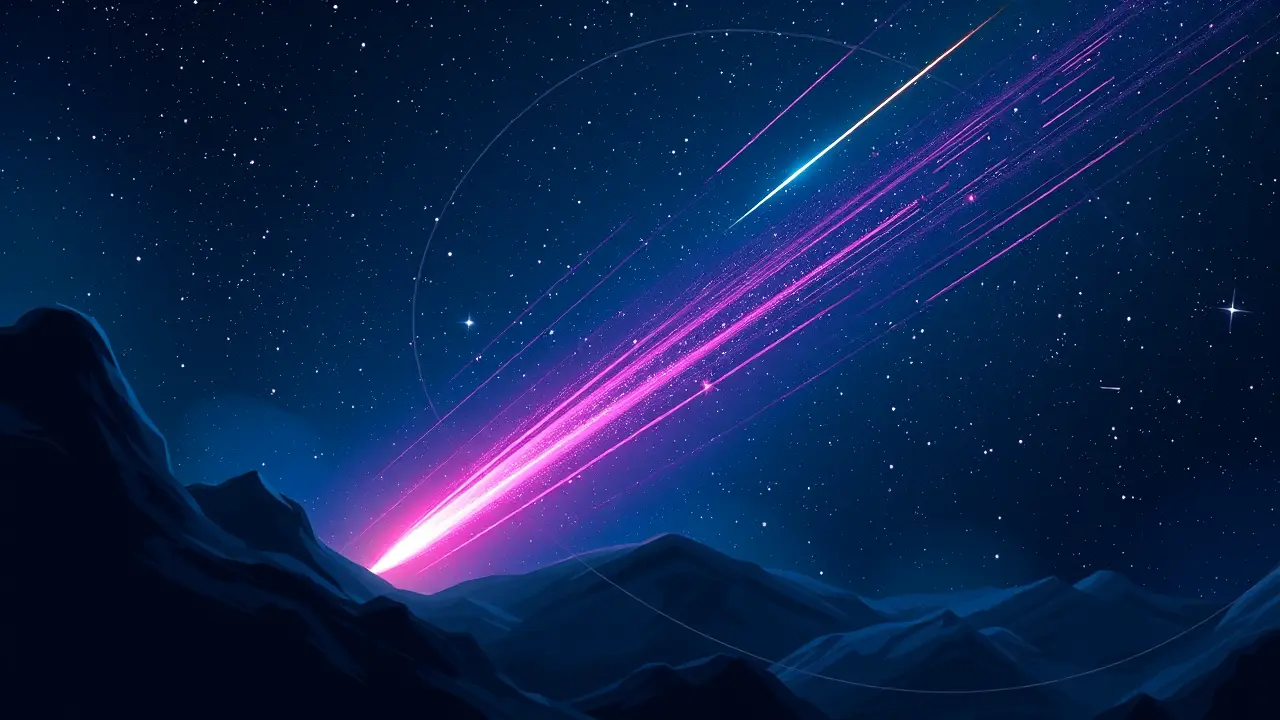- News
- space-astronomy
- Halloween Fireballs: A Celestial Spectacle with a Hidden Planetary Defense Challenge

Sciencespace & astronomyNASA Missions
Halloween Fireballs: A Celestial Spectacle with a Hidden Planetary Defense Challenge
TH
Thomas Green
2 days ago7 min read
The annual Taurid meteor shower, known for its brilliant Halloween fireballs, is more than a seasonal light show. Scientists are now highlighting a potential planetary defense concern hidden within this celestial display.The source is Comet Encke, which deposits a vast river of debris in its orbit. While this typically produces only bright, harmless meteors, researchers have identified dense clusters of material, known as Taurid swarms, within this stream.Using planetary defense models and telescopic data, scientists project close encounters with these high-density swarms in 2032 and 2036. This raises a small but real possibility of an atmospheric explosion from a larger object, potentially releasing energy equivalent to hundreds of kilotons of TNT—far exceeding the 2013 Chelyabinsk event.The concern focuses not on global catastrophe, but on regional damage from objects up to 100 meters in size impacting over a populated area. This shifts the Taurids from a purely astronomical event to a subject of civil defense.Researchers are now engaged in a critical effort, using orbital simulations to predict Earth's path through this debris while countering online misinformation that either exaggerates or dismisses the risk. This work serves as a vital test for our planetary defense systems, ensuring that if a genuine threat emerges from Comet Encke's trail, we will be prepared and guided by data, not speculation.
#featured
#Taurid meteor shower
#Comet Encke
#planetary defense
#impact risk
#Mark Boslough
#2032
#2036
Stay Informed. Act Smarter.
Get weekly highlights, major headlines, and expert insights — then put your knowledge to work in our live prediction markets.
Related News
Comments
It’s quiet here...Start the conversation by leaving the first comment.
© 2025 Outpoll Service LTD. All rights reserved.
